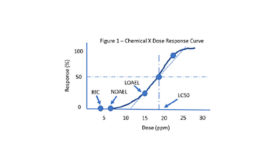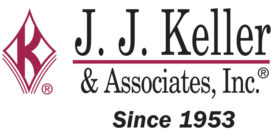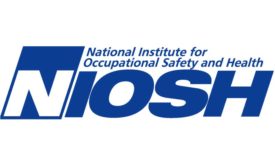Environmental Health and Safety
Exposure effects explained
New terms & calculations require worker retraining
February 1, 2019
A FairWarning Story
Labor Department waters down injury reporting rule targeted by business
January 31, 2019
Free J.J. Keller seminars make regulatory compliance easier
J.J. Keller & Associates, Inc. helps companies avoid regulatory risk at nationwide educational events
January 30, 2019
A NIOSH Science Blog post
How NIOSH, partners are helping make OSH content accessible to all
January 28, 2019
Become a Leader in Safety Culture
Build your knowledge with ISHN, covering key safety, health and industrial hygiene news, products, and trends.
JOIN TODAYCopyright ©2025. All Rights Reserved BNP Media.
Design, CMS, Hosting & Web Development :: ePublishing









